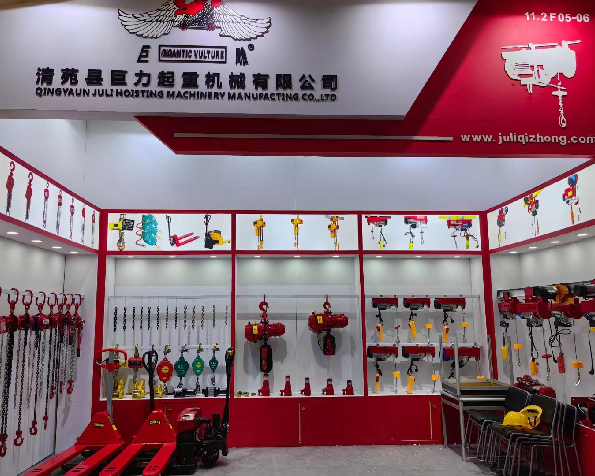


Understanding Chain Blocks and Lever Hoists Essential Tools for Lifting
In the world of lifting equipment, two commonly used devices are chain blocks and lever hoists. Both of these tools serve the primary purpose of raising, lowering, and moving heavy loads, making them indispensable in various industries, from construction and manufacturing to shipping and logistics. This article delves into the functionality, advantages, and applications of chain blocks and lever hoists, shedding light on why they are essential in modern operations.
Chain Blocks
Chain blocks, also known as chain hoists, utilize a chain and a pulley system to lift heavy loads. They are designed to be suspended from a fixed point, allowing the operator to pull on a hand chain to lift a load attached via a hook. The basic mechanism involves a set of gears and a chain that work in unison to multiply the operator’s lifting power, enabling them to handle substantial weights with minimal effort.
One of the most significant advantages of chain blocks is their efficiency and ease of use. They can lift loads vertically with high precision, making them ideal for moving materials to elevated positions, such as beams or scaffolding. Additionally, chain blocks are relatively lightweight and portable, allowing for easy transportation from one site to another. Their robust construction ensures reliability and longevity, even under strenuous conditions.
Applications for chain blocks are diverse. In construction, they are frequently used for hoisting materials like bricks, tiles, and steel beams. In the maritime industry, chain blocks assist in loading and unloading cargo ships. Additionally, they are valuable in workshops and factories for moving heavy machinery parts and equipment.
Lever Hoists

Lever hoists, or lever blocks, operate on a different principle but serve a similar purpose. This device employs a lever mechanism to lift loads by pulling down on a handle. The load is attached to a hook, and as the operator pulls the handle, a ratchet mechanism engages, raising the load. Lever hoists are designed for both horizontal and vertical lifting, offering versatility in their use.
One of the primary benefits of lever hoists is their compact design and ease of operation. They are particularly effective in confined spaces where a chain block may not fit comfortably. The ability to adjust the load’s height with precision makes lever hoists ideal for applications that require fine-tuning, such as in rigging or maintenance tasks.
Overall, lever hoists are highly versatile, and their design enables users to lift heavy materials with minimal physical strain. Industries such as automotive repair, construction, and rescue operations often turn to lever hoists for their lifting needs.
Safety Considerations
While both chain blocks and lever hoists are incredibly useful, safety is paramount when using these devices. Proper training is essential to ensure that operators understand the mechanisms and adhere to weight limits. Additionally, regular inspections of the equipment are crucial to identify any wear and tear, further ensuring reliable performance.
Conclusion
In summary, chain blocks and lever hoists are essential tools in various industries that involve heavy lifting. Each has its unique mechanism and applications, catering to different lifting needs. By understanding the functionalities and advantages of these devices, operators can effectively utilize them to improve efficiency and safety in their operations. As lifting technologies continue to evolve, the importance of reliable devices like chain blocks and lever hoists remains a cornerstone of modern industry.



